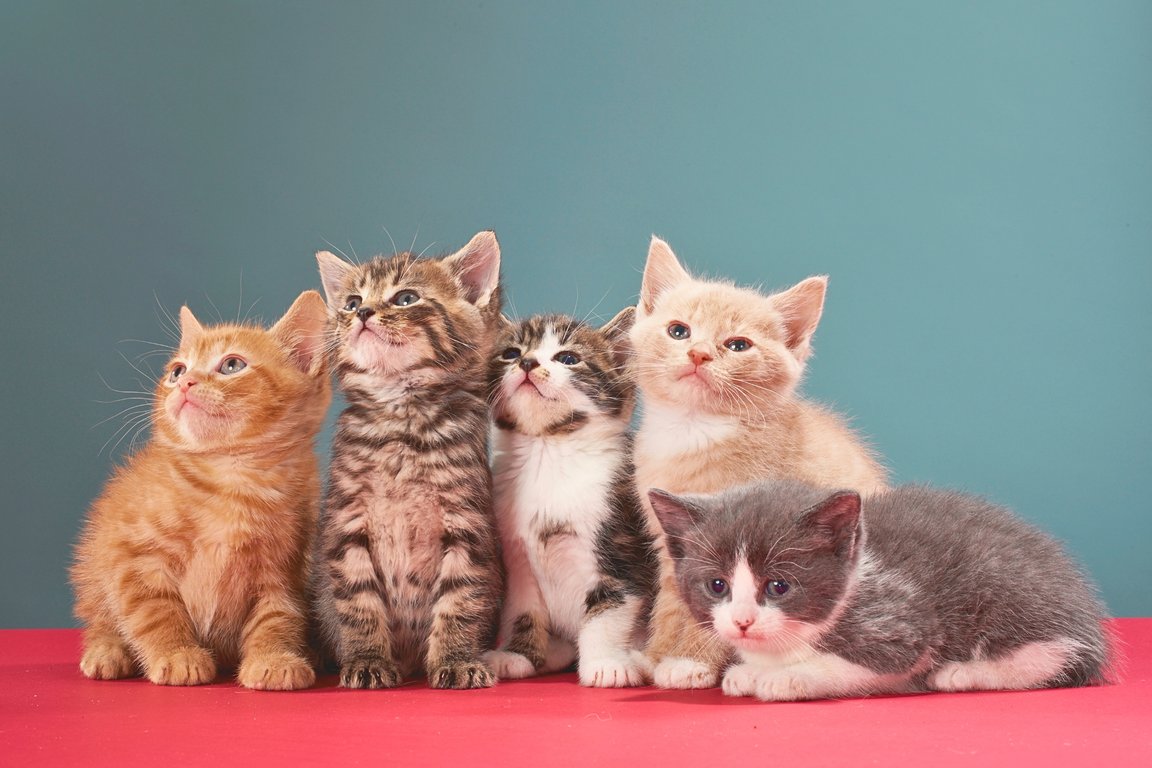We all start strong. Whether it’s a fitness routine, a writing habit, or a digital detox - day one feels electric.
Then life happens. Motivation dips. Old patterns creep back in.
If this sounds familiar, you're not alone. But there’s a powerful, often overlooked factor that can change everything: group identity.
It’s more than peer pressure or teamwork. It’s about how your brain is wired - and how belonging can quietly become your best motivational tool.
Let’s dig in.
Group Identity
Why Solo Goals Often Fail
Let’s be real: motivation is unreliable. You can set goals with the best intentions, but when willpower runs low (and it always does), something else needs to take over.
Most goal-setting advice focuses on individual tactics: break goals into small steps, use habit trackers, reward yourself. These are helpful - but they miss the deeper layer: identity.
Who you believe you are, and who you're becoming.
Speaking from my own experience, I've seen this play out repeatedly. Throughout my life, goals shared with others, like learning Spanish with my sister or buying a flat with my husband, were resounding successes. We supported each other, celebrated milestones, and pulled each other through rough patches. Yet, my solo endeavors, like trying to learn German on my own or attempting to quit sweets once and for all, often ended in quiet abandonment.
The difference? The shared identity and accountability that comes from being part of something bigger than just myself.
The Power of Group Identity
Group identity is the part of your self-image tied to the groups you belong to. It’s how you think of yourself in relation to others: "I’m a runner." "I’m a writer." "I’m part of that Tuesday morning accountability group."
When you identify with a group, your brain starts aligning your actions with that group’s values and behaviors.
It’s not about pretending or people-pleasing; it’s about internalizing a shared standard. Once you’re part of a group where showing up is the norm, not showing up feels off. Your brain wants to stay consistent with the "new you" - the group-aligned you.
The Neuroscience of Belonging
Let's get a little nerdy for a second. The impact of belonging isn’t just psychological; it's deeply rooted in our brain chemistry.
When you feel a sense of belonging and connection within a group, your brain releases oxytocin. Often called the "bonding hormone," oxytocin fosters trust and strengthens social connections, making you more inclined to cooperate and feel supported. This isn't just warm fuzzies; it actively boosts your intrinsic motivation to participate and contribute to the group's success.
Furthermore, being seen, validated, and receiving positive feedback from your group can trigger dopamine release. Dopamine is our brain's primary reward chemical. That "nice job" message, a shared celebration, or even just feeling your presence is valued - these small affirmations light up your brain, reinforcing the behavior and making you want to repeat it.
But here’s the real kicker: the brain craves consistency with its identity.
When you start to believe, "I’m someone who shows up for my group," your behavior begins to fall in line, even on the days when individual willpower is low. This creates a powerful behavioral gravity, pulling you towards continued follow-through because it aligns with who you perceive yourself to be.
Why Small, Supportive Communities Work Best

You don’t need a giant audience or a viral challenge. In fact, smaller is better. Here’s why micro-communities are so effective:
- Accountability feels real. In a group of 5–10 people, your absence is noticed, and your progress is genuinely celebrated. You're not just a number.
- Trust builds faster. You're more likely to be open about struggles, which leads to deeper, more meaningful support.
- Feedback is personalized. Generic "you got this!" isn’t enough. Small groups offer context-aware encouragement and practical advice.
These aren’t just cheerleaders; they’re co-pilots on your journey. When you join a small group that shares your goals, you’re not just working toward something. You’re becoming someone.
Real-World Examples: How Group Identity Drives Change
Let’s look at this in action - our friends' examples.
Example 1: The Fitness Accountability Pod
A group of six colleagues formed an online chat to share daily workout progress. Initially inconsistent, seeing others post routines created subtle pressure and a shared identity: "We are the fit crew." One member, who previously struggled, now consistently logs workouts, stating, "It's about showing up for the group...That sense of belonging pushes me through on tired days." Her identity shifted from "someone who tries to work out" to "a dedicated member of the fitness pod."
Example 2: The Online Writers' Circle
A small international group of aspiring novelists met weekly on Zoom for silent writing sprints, sharing word counts and encouragement. Initially "people who write sometimes," a powerful shared identity as "writers" emerged over months. This collective identity influenced daily habits, prompting members to write even on non-meeting days, fostering a deeper connection to writing and solidifying individual commitment.
The magic isn't the platform or the specific activity. It's the shared identity and accountability that grows within it, reinforcing individual commitment.
How to Make Group Identity Work for You
Here’s how to intentionally use group identity to support your goals:
- Join a small community with shared values. Pick a space that aligns with your goals - not just in activity, but in tone and culture. You need to feel safe and inspired.
- Show up consistently, even when it’s messy. Being present is more important than being perfect. Every check-in reinforces your new identity.
- Engage - don’t just lurk. Comment. Share a win. Ask a question. The more connected you feel, the stronger the identity shift.
- Let the group “see” your progress. When others witness your effort, it reinforces that you’re someone who sticks with it. That feedback loop trains your brain to keep going.
- Celebrate group wins, not just personal ones. When your group celebrates together, everyone’s motivation gets a lift. It’s a shared dopamine spike that strengthens the collective bond.
Start Small. But Start With Others.
You don’t need to join a massive program. You don’t need to make a public announcement. Just find a few people who are on a similar path. Check in. Stay consistent. Let yourself be seen.
Soon, your brain won’t just say "I should."
It’ll say "This is who I am."
Ready to Make Goals Stick?
Don’t go it alone. Join a small, supportive community where you can show up, track progress, and grow - together.
👉 Join a group on Goal Watch and start building the identity that drives real, lasting change.





